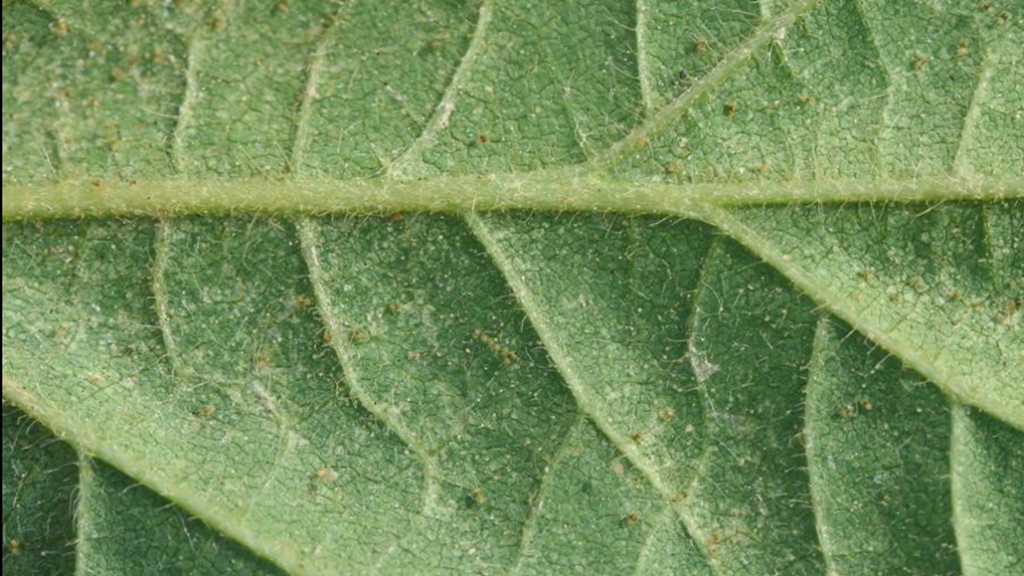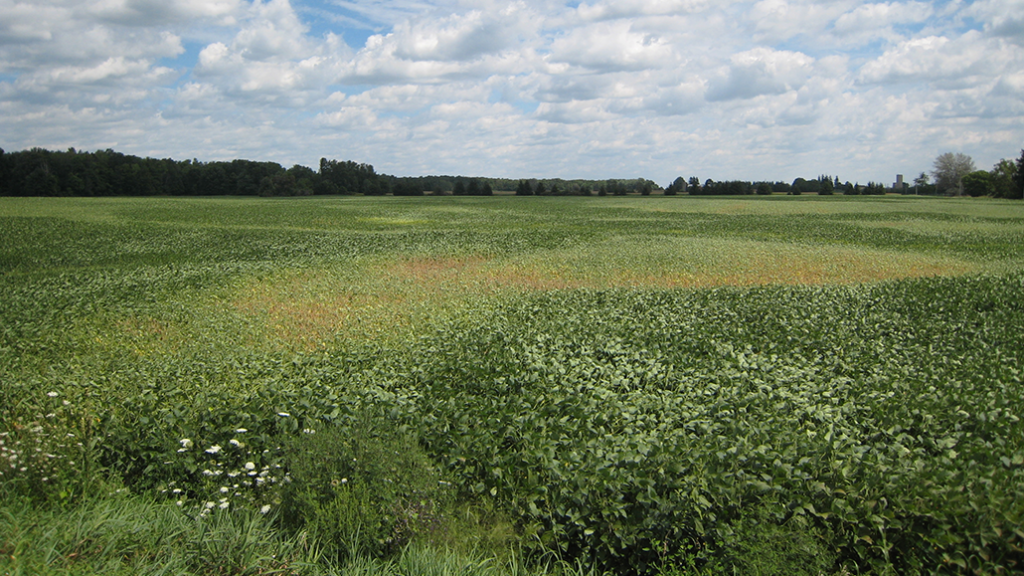Spider mite populations
AGRONOMIC INFORMATION FROM ONTARIO'S CROP SPECIALISTS



CONFIRMED DIMETHOATE (LAGON® or Cygon®) resistant populations of two-spotted spider mite have been found in Ontario over the last two years from soybeans, dry beans, and other crops, including tomatoes, peppers, cucumbers, and strawberries. Research funded, in part, by Grain Farmers of Ontario is being conducted by Dr. Vojislava Grbic at Western University and Dr. Ian Scott at Agriculture and Agri-Food Canada in London in collaboration with the Ontario Ministry of Agriculture, Food, and Rural Affairs. Mite samples are being tested for resistance to dimethoate and miticides already used on horticultural crops, including abamectin, etoxazole, bifenazate, cyflumetofen, pyridaben, and spiromesifen. Testing these populations on other active ingredients enables us to find potential candidates that still work on the mites and could be registered for use on soybeans and dry beans. Not all soybean and dry bean sites had resistant populations, but a large portion have been. And these populations are scattered throughout southwestern Ontario. Unfortunately, populations collected on horticultural crops are showing tolerance to dimethoate and a few others. We need another year of testing to understand the extent of the resistance and confirm which candidate products are most suitable.
SCOUTING
If the weather turns hot and dry this summer, scout soybeans and dry beans regularly. Infestations tend to start on the field’s edge, but with enough windy days, they can get carried deeper into fields. Look for plants that are yellowing at the tops or look drought-stressed or sand-blasted. Signs of stippling (white or yellow dots) on the upper leaf surface indicate mite feeding. Turn the leaf over and look for webbing and tiny dots moving around. This is when hand lenses really come in handy to see the actual mites. It is best to leave suspected mite-infested fields last to scout so you do not carry mites into the next field you enter.
As for control, dimethoate might work for some fields. Oberon (spiromesifen) is registered for dry beans, though it is for high-value horticulture crops. To be more cost-effective, spot-spraying pockets of mite activity, when caught early, could be enough to keep them from spreading throughout the field. The product is not currently registered for soybeans.
If you find any spider mite populations in soybeans or dry beans before an application is made (preferable) or after an application has been made but was unsuccessful at controlling the population, please contact Tracey Baute (tracey.baute@ontario.ca or 519-360-7817). Samples will be taken back to Western for testing. •
























